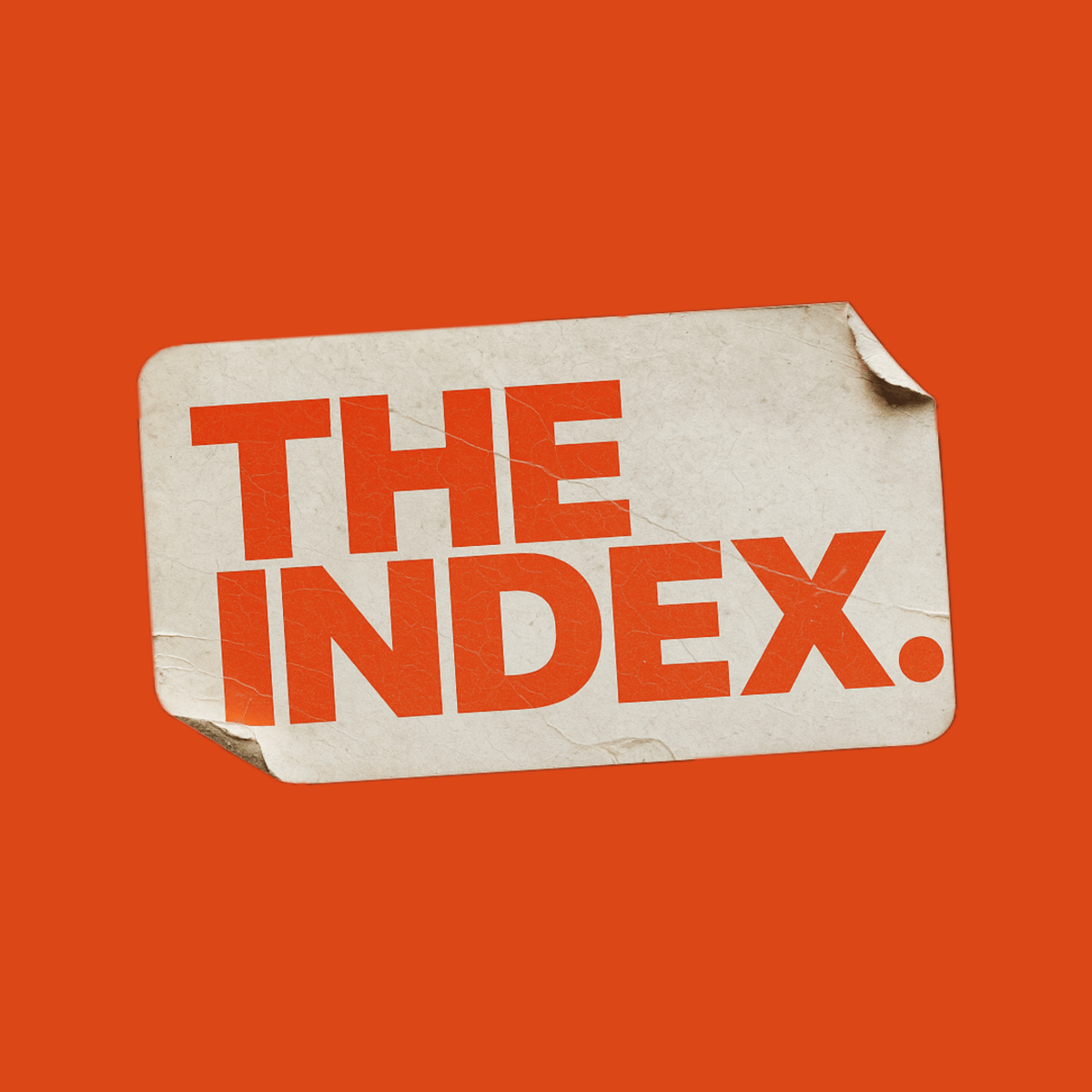The consumer internet used to contain layers.
At the top sat a few global platforms - Facebook, Google, Amazon - commanding massive reach and shaping the flow of information, commerce, and attention. Below them, a long tail of niche communities, forums, and independent websites, each serving highly specific interests. In between lived the mid-tier platforms: services too large to be considered niche, but too small to dominate the market. Think Tumblr in its prime, Medium, Flickr in the pre-smartphone era, or even Foursquare in its heyday.
But that middle tier is disappearing.
The internet is bifurcating into two extremes: global-scale products with hundreds of millions - or billions - of users, and a fragmented archipelago of small, highly specialized communities.
The gravitational pull of network effects has intensified at the top, while the low cost of spinning up niche offerings has grown at the bottom. The comfortable middle, the natural landing place for products with a loyal but non-universal audience, is being squeezed out of existence.
Upgrade to read the rest.
Become a paying subscriber of The Index to get access to this post and other subscriber-only content.
UpgradeA subscription gets you:
- 1x Additional Weekly Post
- Monthly Index Report







